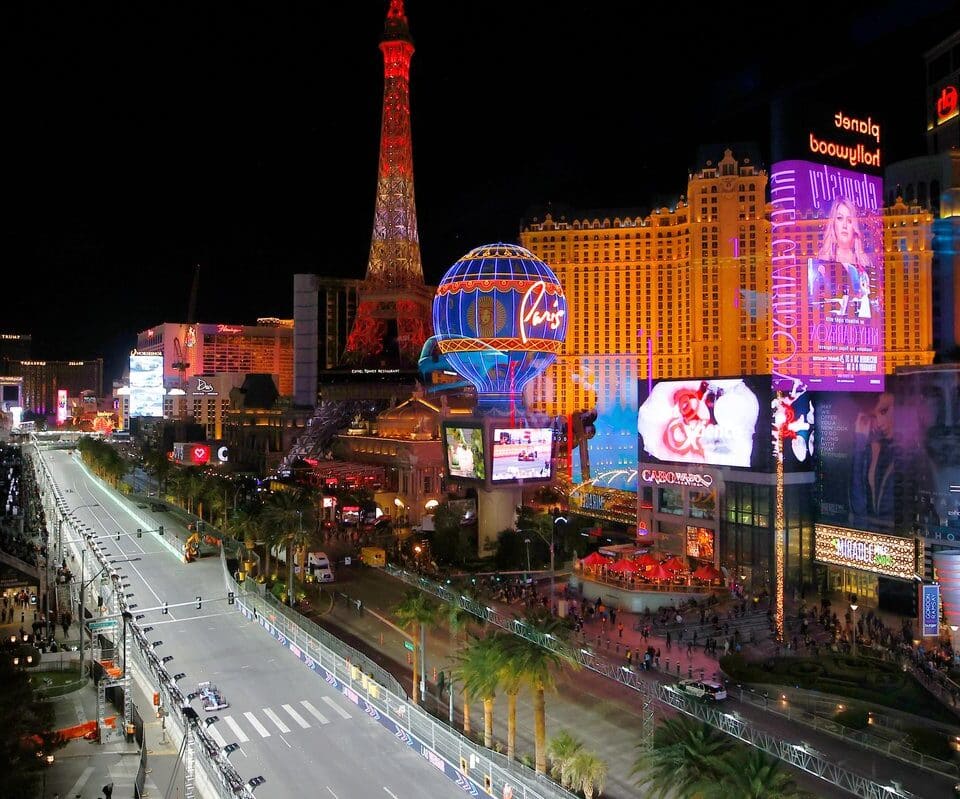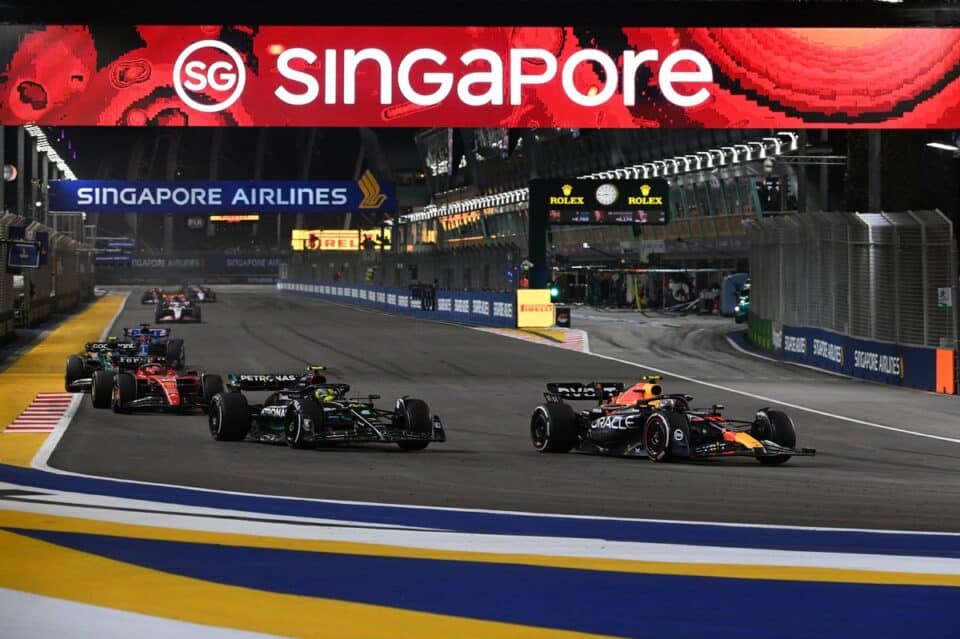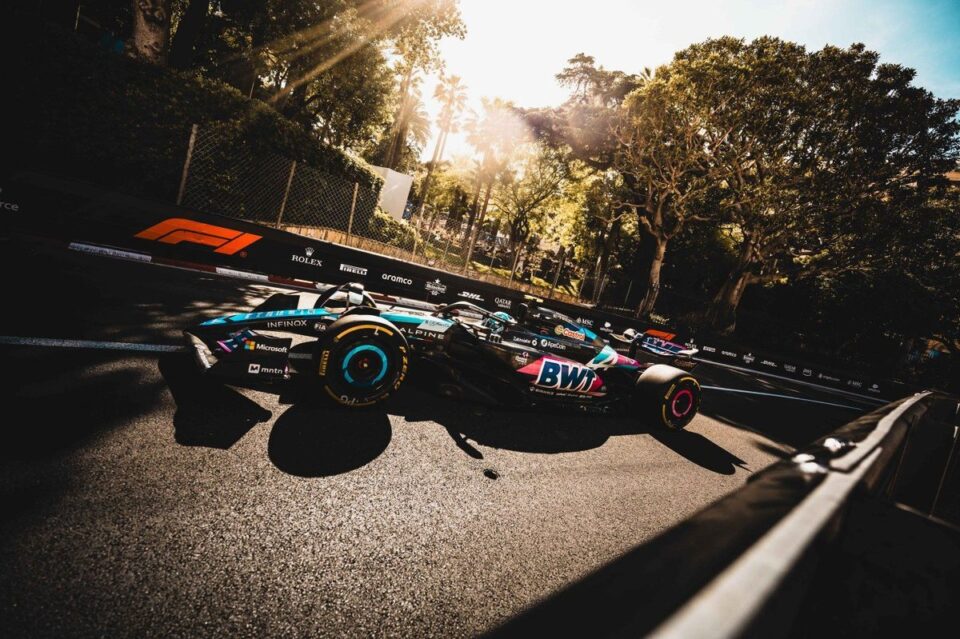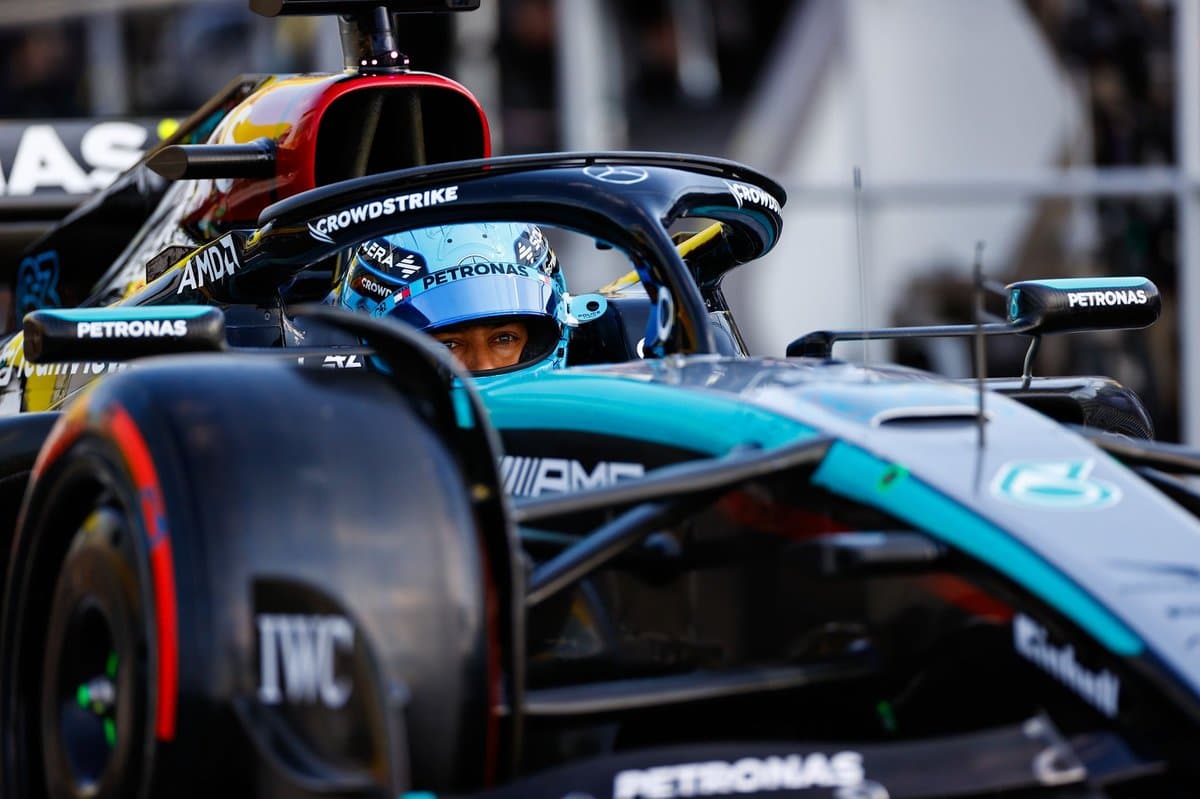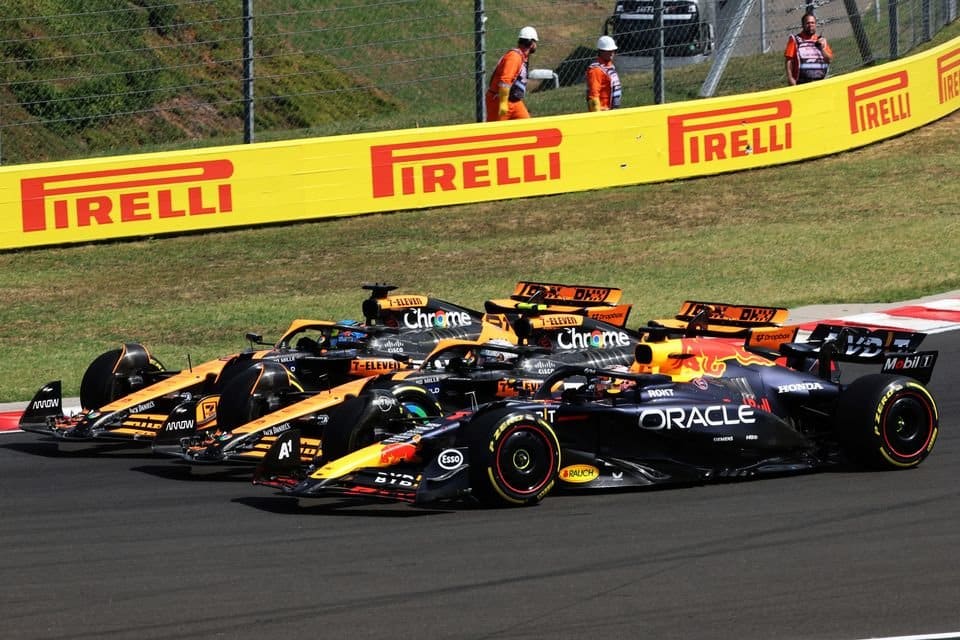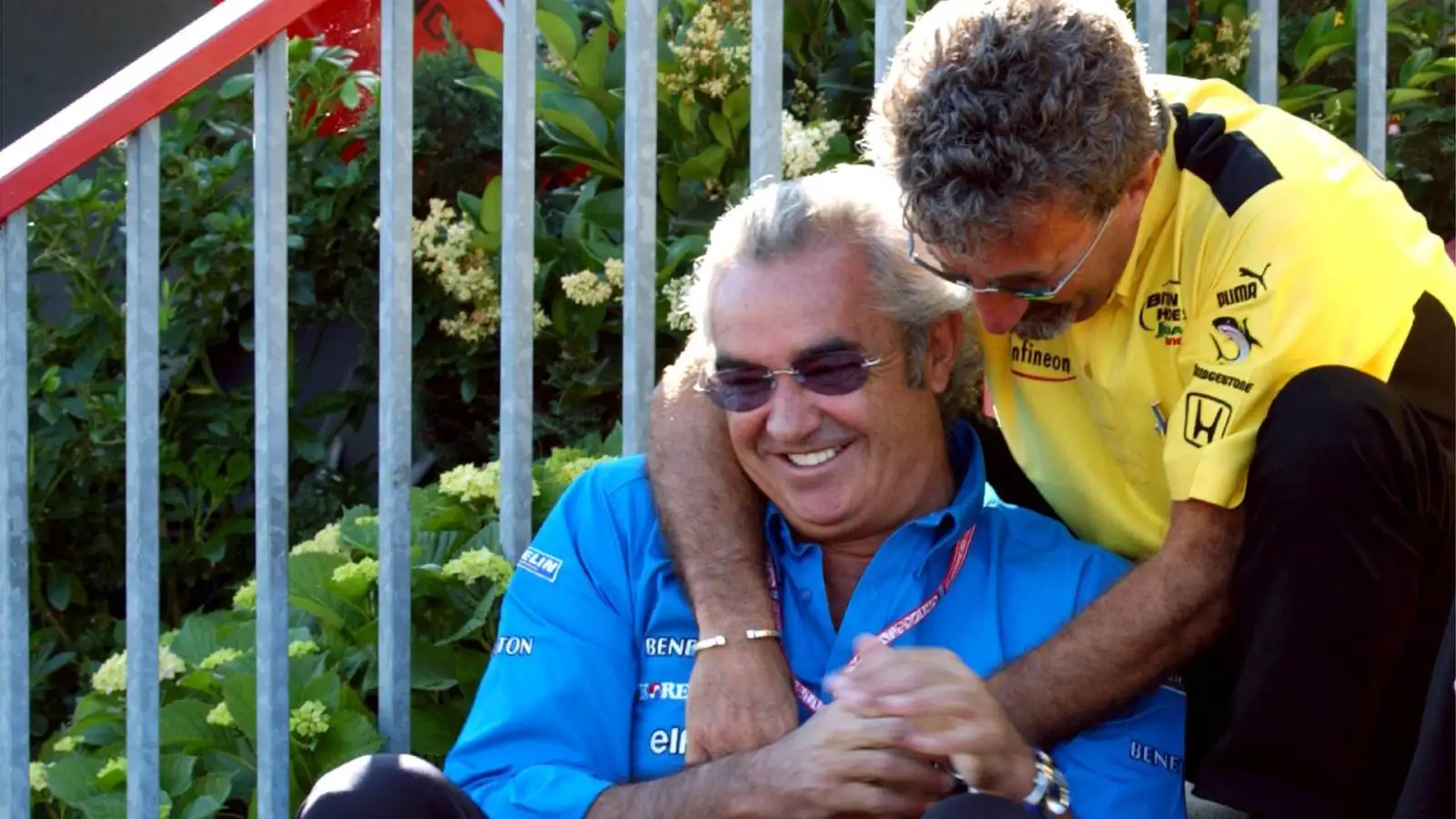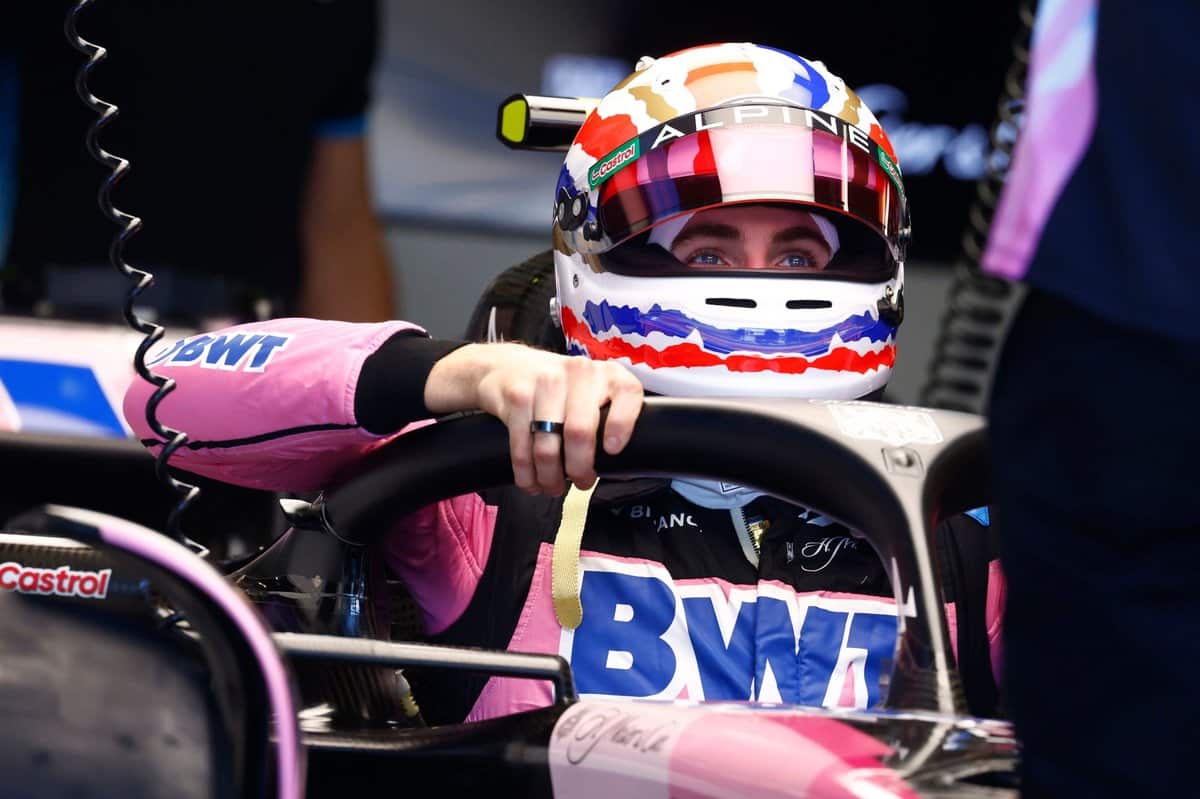The inaugural Las Vegas Grand Prix was a resounding success, despite a rocky start with a loose water valve cover that nearly derailed the event. The race not only lived up to the hype but exceeded expectations with a spectacular performance. And just to top it off, a post-event report revealed a staggering $1.5 billion economic impact, even surpassing the Super Bowl’s $1 billion boost.
While the city celebrated this success, it has no plans to coast on its achievements. Recognizing that some things could have been done better, the organizers are gearing up for a challenging second year with lessons learned. One primary area of improvement is pricing. Sean McBurney, regional vice president of Caesars Palace, acknowledged that the aggressive pricing strategy for tickets and hotel rooms last year was a mistake. Adjustments have been made, and prices now are more reasonable, making the event more accessible, especially with 7,000 more general admission tickets available this year.
McBurney emphasized the importance of offering a broader range of tickets and packages to attract a wider audience. This year, single-day tickets in the Flamingo zone are priced at $150, and three-day passes at $600, making it easier for more fans to experience the race.
Logistics too are expected to improve in the second year. The construction and street closures last year upset some locals, but this year should be smoother. Brian Gullbrants from Wynn Resorts noted that the initial disruption won’t be repeated, as the track is now complete and the water valve caps secured. He believes the local community will face much less stress this time around.
Brian Yost of the Las Vegas Convention and Visitors Authority echoed this sentiment, highlighting that the major construction phase is over and there will be minimal disruptions this year. Emily Prazer, chief commercial officer of F1 and the Las Vegas Grand Prix, also pointed out that the community’s nerves have settled as they now have a better understanding of what to expect.
Prazer further shared that F1 has learned valuable lessons about promoting the event and selling tickets. Unlike last year’s 18-month marketing blitz, they plan to hold back major promotional campaigns until post-summer, aligning with buyer trends that show people prefer to purchase tickets closer to the event.
Additionally, Prazer mentioned that feedback from last year has led to changes in how drivers are involved in promotional activities. The razzamatazz element will be toned down, addressing concerns voiced by drivers like Max Verstappen, who had mixed feelings about the festivities last year but eventually embraced the Las Vegas spirit.
Despite the challenges, the casinos are optimistic. Many guests who hesitated last year due to the event’s hype are now eager to attend, having seen the race’s success. Brian Gullbrants expects a mix of returning and new visitors this year.
Steve Zanella from MGM Resorts International lauded the event for cementing Las Vegas as a global sports entertainment capital. He believes the immense exposure the city gained from the F1 race will continue to pay dividends. Gullbrants agreed, noting the unprecedented global attention Las Vegas received, which he expects to benefit the city for years to come.
Las Vegas is not taking its first-year success for granted. With lessons learned and improvements planned, the city and the organizers are committed to making the second year of the Las Vegas Grand Prix even more spectacular and accessible. From more reasonable pricing to smoother logistics and streamlined promotions, the focus is clear: making the event enjoyable for both locals and visitors while cementing Las Vegas’ status as a premier destination for sports entertainment.
Source: Motorsport
